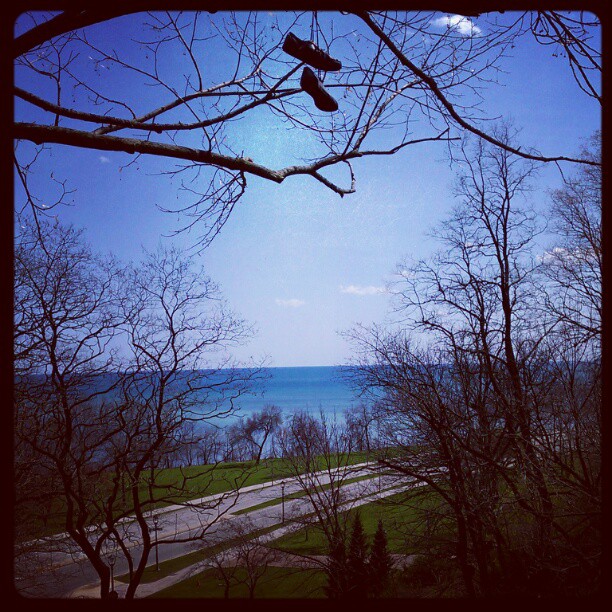In anticipation of the upcoming Nonhuman Turn Conference – it’s only weeks away! – we’d like to introduce ThinkMakeDigital (TMD). This group has been working behind the scenes, considering how to use nonhuman technologies to think about the nonhuman turn (very meta, at times). In their own words:
“ThinkMakeDigitial is a Center for 21st Century Studies workgroup comprised of undergraduates, graduate students and teaching academic staff from a variety of disciplines, all of whom are interested and engaged in exploring questions related to the digital humanities and its potential applications for research and production unique to digital media.

At present, we are approaching what we perceive to be the central question of the Center’s upcoming conference, “What is the nonhuman turn?” by exploring the conference’s conversations in advance and during the conference itself, keeping an eye on major themes and intersections between speakers. We feel that this engagement with the conference will allow us to frame emerging questions and research possibilities, areas of connection among the participants and, perhaps more interesting, areas of disconnection.
Our tools for gathering information involve:
- Background research into the presenters and topic areas prior to the conference.
- Promoting the use of Twitter and a conference hashtag prior to and during the conference.
- Monitoring the Twitter backchannel and live tweeting the conference, cultivating conversation on it around certain themes and questions.
- Having a small space at the conference for attendees to respond to the above question–“What is the nonhuman turn?”–and sub-questions
Following the conference, we plan to analyze the information we collect, as well as utilize our own observations as attendees, and generate a white paper reporting back our findings. We plan to offer these findings through the Center’s website, and our own in-development website, as part of the conference archive. The group also plans to contribute some of its accumulated research artifacts to produce graphics and visualizations for the forthcoming book of the conference.
Members of the UWM community (and beyond) who wish to participate with TMD or to learn about its future projects are welcome to email the group at dac-reading@uwm.edu.”


